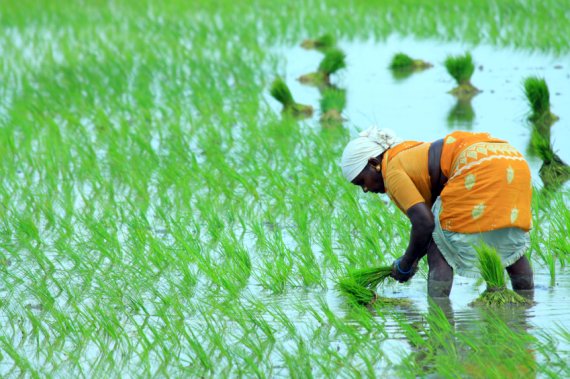Irrigation in India uses up daily about a millimetre of its ground and surface water. Part of this water evaporates. Wageningen researchers from the Earth System Science and Climate Change Group tried to trace where the evaporation ends up, and found that the seasons have a strong influence. The monsoon season is crucial in this area.
Rain
Monsoon winds bring in warm and moist ocean air in the summer from the south. In winter, dry and cool air is transported from the north, taking water which evaporates in the winter southwards. This water disappears thus and can be considered as ‘lost’. However, things are different before, during and directly after the monsoon season. According to calculations from Obbe Tuinenburg and his colleagues, sixty percent of the evaporation during the peak period of the monsoon season (May, June and July) fall back as rain into the water basin.
Shortage
But this portion is very small in the overall total rainfall: just five percent. Tuinenburg: ‘The Indian Ocean supplies such huge buckets of water during the monsoon season that this portion is small by comparison.’ The situation is very different in the months just before and after the monsoons. Then, 30 to 50 percent of the evaporation fall back as rain in the area. ‘It’s in the period just before the monsoons that there is a water shortage. Whatever that is available is therefore welcome. In this dry period, the effect of that recycled water is much desired,’ explains Tuinenburg. ‘Water basin managers often consider evaporation as a loss, but we have shown that this is only partly true.’
Irrigation
In his calculations, Tuinenburg constructed atmospheric models with ‘standard’ data collected over two decades of actual Indian weather. ‘This data set is the starting point. I then included, to put it simply, extra water to this and then examined where that went. It’s something like releasing a batch of balloons.’ A great deal of the balloons (the irrigation water) stays in the area. Except in the winter. Tuinenburg: ‘But it’s not pragmatic to stop irrigating in the winter. Instead, the emphasis could be shifted slightly when timing the irrigation.’

